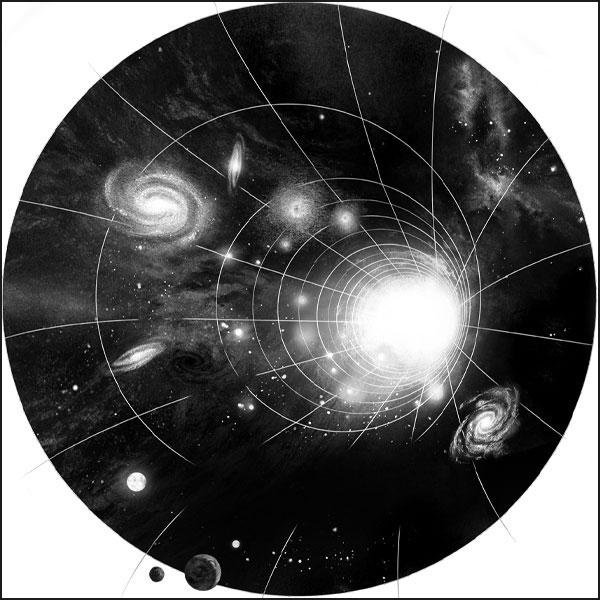Documentary films
Wonders on the silver screen
Animal and nature documentaries are booming. We look at why this is happening now, and what’s new about them.

More a classical love story than a documentary – the film ‘My octopus teacher’ is a big success, not least because it primarily targets our emotions. | Photo: zVg
Films about animals and nature have always been the most popular kind of documentary. And they’ve become even more popular since the turn of the new millennium. Some of them have become out-and-out stars. The first landmark in the current boom was probably ‘Earth’ back in 2007, by Alastair Fothergill and Mark Linfield. One of the latest is the Netflix production ‘My octopus teacher’. This story about a friendship between the filmmaker Craig Foster and an octopus even won an Oscar. Films with this kind of format don’t necessarily provide a lot of new information about flora and fauna. Their charm comes primarily from their spectacular images and sounds and their captivating background music. “Films like this first and foremost want to provide a sensual experience”, says Margrit Tröhler, a professor of film studies at the University of Zurich.
This development, she says, is above all a result of the mighty progress made in recent years in image and sound technology. Drones, camera traps and highly developed telephoto lenses enable us to gain insights into Nature that would otherwise remain hidden from us. Now we can fly with migratory birds, eye-to-eye, we can watch plants bloom and decompose, and we can observe every hair on the back of a caterpillar. Highly sensitive microphones and wireless recording equipment allow filmmakers to get closer to their subjects than ever before. They can let us hear every step taken on a half-frozen field and the deep breathing of animals as they sleep. All this, says Tröhler, tends to invite us to immerse ourselves in their world rather than take up the stance of an objective observer: “Their incredible viewing and listening perspectives make a major contribution to the magic of recent documentary films”.
This means that the commentary on a documentary sometimes recedes into the background. Philipp Blum is also a film scholar at the University of Zurich. He has pointed out that while ‘Earth’ mostly comprises film footage taken from the BBC TV documentary ‘Planet Earth’, the cinema version sometimes offers almost no information on the species it is showing on screen. ‘My octopus teacher’ even relegates factual knowledge to a narrative storyline and subjective observation. It is more like a classical love story such as you’d find in a feature film, not a documentary, says Margrit Tröhler. And even when the film is providing knowledge about the subject, big emotions often play a role too. For example, the film adaptation of the German non-fiction bestseller ‘The Hidden Life of Trees’ offers a lot of explanations – “but it’s also given in a romanticised fashion”, says Tröhler. When it tells of trees that “breastfeed” their young, then we know that the popular anthropomorphising of animal protagonists has now also reached the world of flora.
Hidden worlds on our doorstep
“The conflict between scientific precision and narrative form is nothing new”, says the Swiss film scholar Vinzenz Hediger, who is a professor at Goethe University in Frankfurt am Main. “Research and film – or TV – already had a close relationship in nature and animal documentaries back in the 1950s”. For example, National Geographic financed the scientific work of the chimpanzee researcher Jane Goodall for years in exchange for image rights.
Nor are big emotions merely a result of high-resolution images and digital sound. “Already in the 19th century, philosophers and intellectuals were expressing their wonder at Nature and using this as an affective source to enable them to propagate its conservation”, says Hediger. Conservation has long been a core focus of nature and animal documentaries. The fact that this kind of Nature worship is enjoying a comeback is primarily because of the increasing importance given to climate protection, believes Hediger.
But one thing has certainly changed since the 1950s. The exoticism of the African continent is no longer sufficient to entice people to watch a film. They also want a story. At the same time, new technologies are revealing previously hidden worlds that are to be found right on our own doorstep.




